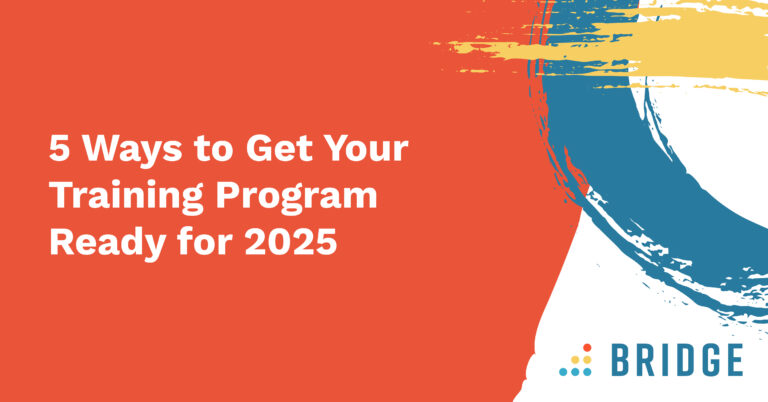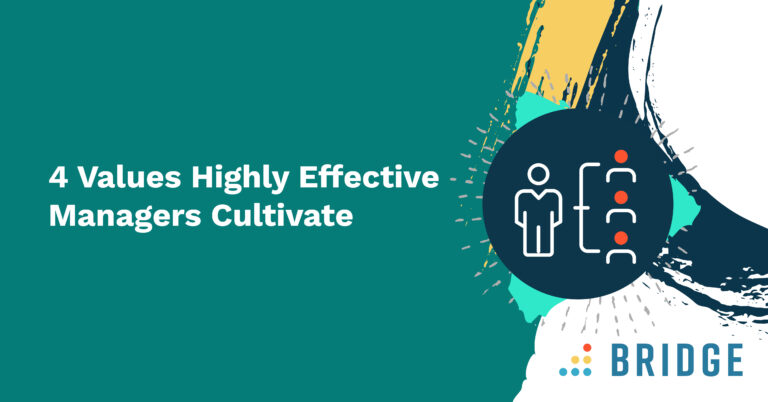Menopausal women are now the fastest growing workforce demographic. But research from the CIPD has revealed almost a million women in the UK have left jobs as a result of menopausal symptoms, leading to a drain in talent and loss of productivity for businesses. This comes at a time when, as the BBC reported in June, job vacancies soar as skills shortage bites.
That got me thinking about how many organisations are taking account of both their individual employees’ life challenges and general market trends when running effective performance management? So, this month, I am writing a two-part series to help organisations treat each employee as an individual and support them through their specific challenges.
In this first post I wanted to share five ways you can make sure you are supporting your older employees so that their performance and that of the business improves.
1. Make Sure You Understand and Adjust to the Context Behind Performance
Employees who are experiencing life challenges are likely to also experience dips in work performance. So, I recommend that you identify the work life context for each employee and agree how work, and the support you provide, can be adjusted to fit that context. This will significantly reduce the stress associated with trying to sustain working patterns that don’t fit. If you notice dips in performance, reach out to see if more support is needed, if working hours need to be adjusted, if training and development needs to be updated or if other arrangement’s need to be made.The consequences of employee burnout can be severe. A Gallup study found that employees who experience workplace burnout are 63% more likely to take a sick day, nearly three times as likely to be seeking a new role, and half as likely to actively discuss their performance with their manager.
2. Create an Open Culture Where Employees Can Share Their Experiences
Another important step in supporting employees is creating an open culture where they feel able to say when they’re struggling and talk to their line managers and colleagues. There are many ways you can begin to open the conversation around personal subjects such as menopause, from creating an internal campaign, holding webinars, or even bringing in external experts. Obviously, the regular check-ins I’ve mentioned many times before, will create a trusted opportunity to surface these life stage needs.A study by CIPD and Simplyhealth surveyed more than 1,000 UK professionals to gauge the state of the workforce. Their results revealed that some of the most common factors influencing employee stress and burnout are workloads and volume of work (59%), management style (32%), and new work-related demands due to COVID-19 or challenges faced as a result of working from home (31%).
3. Ask Your Employees What Support or Learning Opportunities They Need
Once you’ve opened the conversation, you need to identify the support that your people need. The simplest way to do so is to ask your people. But even with an open culture having a structured way of gathering the information which allows for anonymous feedback is essential. This will ensure you get an honest representation of the support you need to provide.
4. Ensure That Self-Paced Learning and Development Programmes and Refresher Courses Are Not Only Available but Updated to Meet Life Stage Needs
Once you’ve identified the support your people need, set up learning programs that are self-paced and accessible online. Self-paced learning allows people to access materials at their speed, meaning that they can focus on things that they find challenging and speed through what they already know. It also allows them to decide when learning fits best into their personal schedule.
5. Invest in the Right Services and Use Line Managers to Signpost Them
Once you’ve identified the support you need, you need to invest in services that support people development and enable employees to perform at their best. You will also need to educate your line managers so they understand what help and support they are able to give and can clearly signpost this support for their teams. Offerings such as virtual GP services and mental health helplines can be incredibly valuable for employees who are going through personal challenges as they can access them anytime from any location to get support on a range of symptoms they’re experiencing.
It’s time for organisations to be alive to the major life stage trends affecting people. This will enable you to treat every employee as an individual by taking account of their life challenges. I believe adopting this approach will make a significant difference to employee and organisational performance.
These are just a few of the many ways you can support older employees, I’d love to hear any other ideas you have in the comments.



